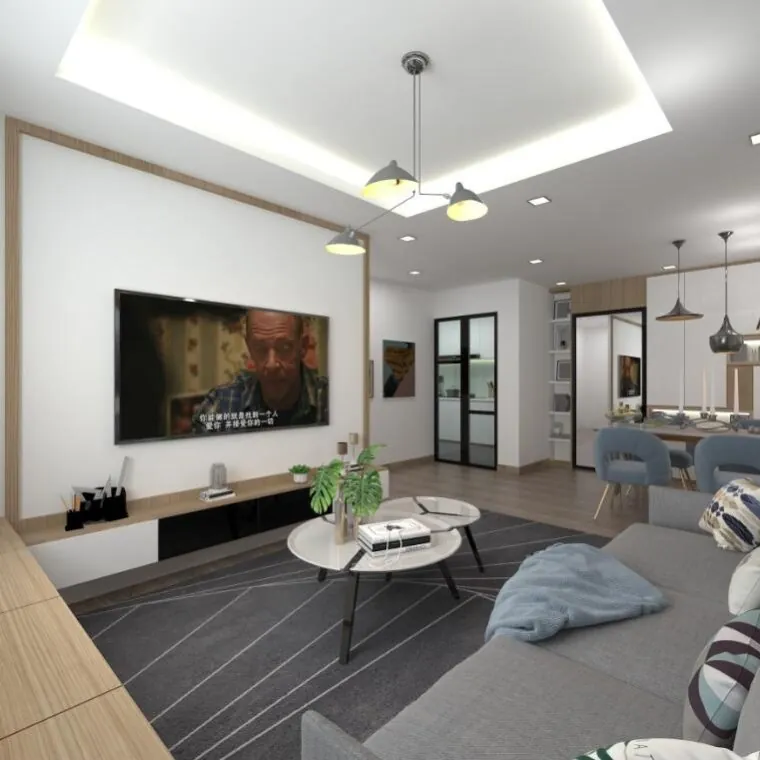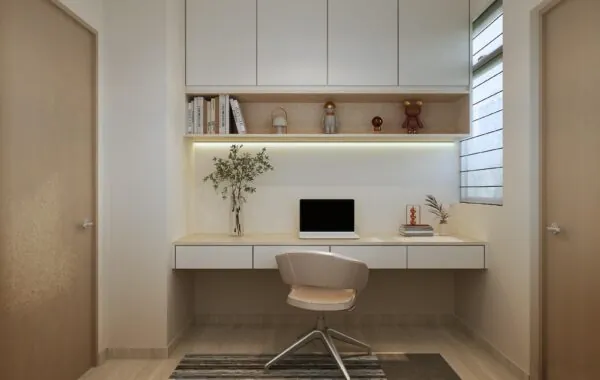Renovating your HDB flat can be both an exciting and overwhelming process. Understanding the expenses involved is crucial for effective budgeting and planning. In this article, we will break down the costs associated with HDB renovations, focusing on the essentials that homeowners should consider to make informed decisions.
Room by Room Cost Breakdown
Understanding how costs can vary from room to room is essential for effective budgeting. While specific costs will depend on individual choices and preferences, here is a general breakdown of what homeowners can expect
Living Room
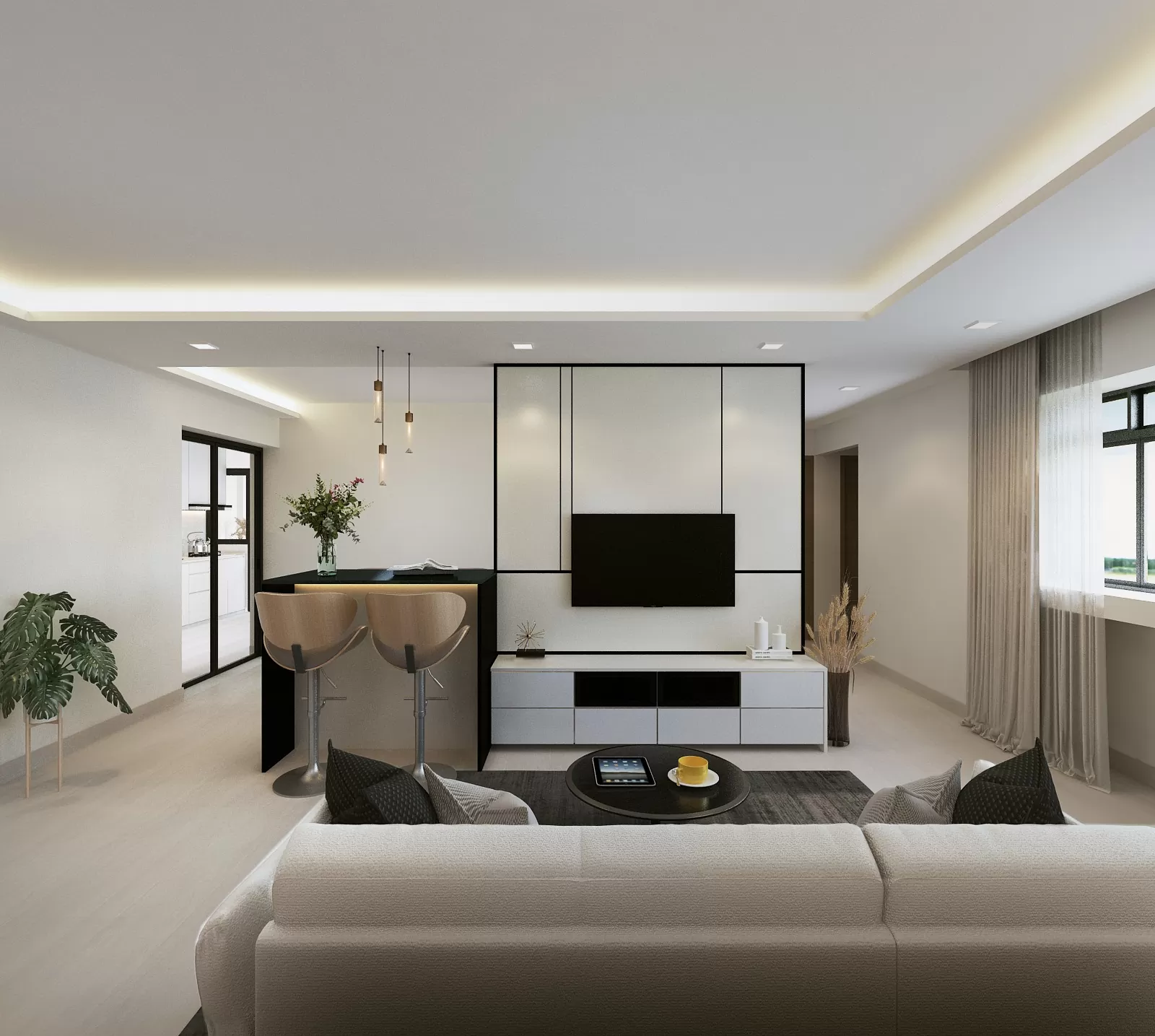
The living room is often the focal point of the home and serves as the gathering space for family and friends. Renovations in this area can include flooring, lighting, and furnishings. Depending on the extent of the changes, costs can range from $5,000 to $15,000. If you’re considering built-in features such as shelves or media units, this will also add to the overall expense. Choosing quality furnishings can elevate the look and feel of the space but will require a careful selection process.
Kitchen
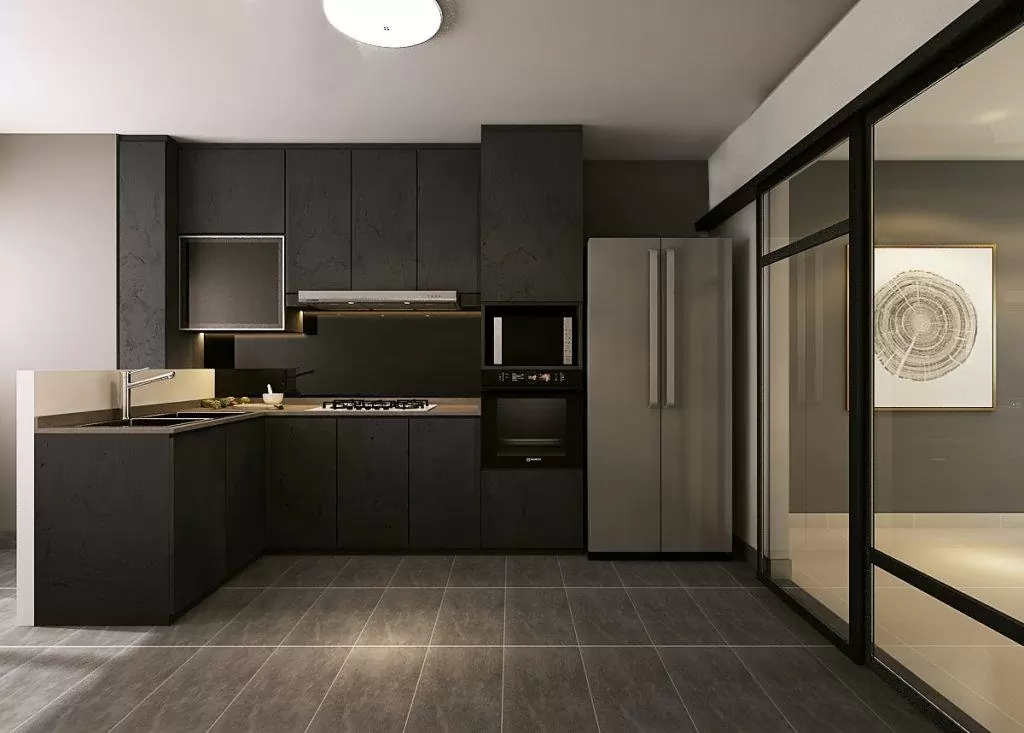
Renovating a kitchen can be one of the most expensive parts of an HDB renovation. This area often becomes the heart of the home, and as such, homeowners typically prioritise its aesthetics and functionality. Kitchen renovation costs can often range from $10,000 to $30,000. This includes cabinetry, countertops, appliances, and plumbing work. Customisations, such as unique carpentry or specialised fittings, can drive prices up significantly. Investing in durable materials and high-quality appliances is essential for a long-lasting kitchen, but this may stretch your budget.
Bathroom
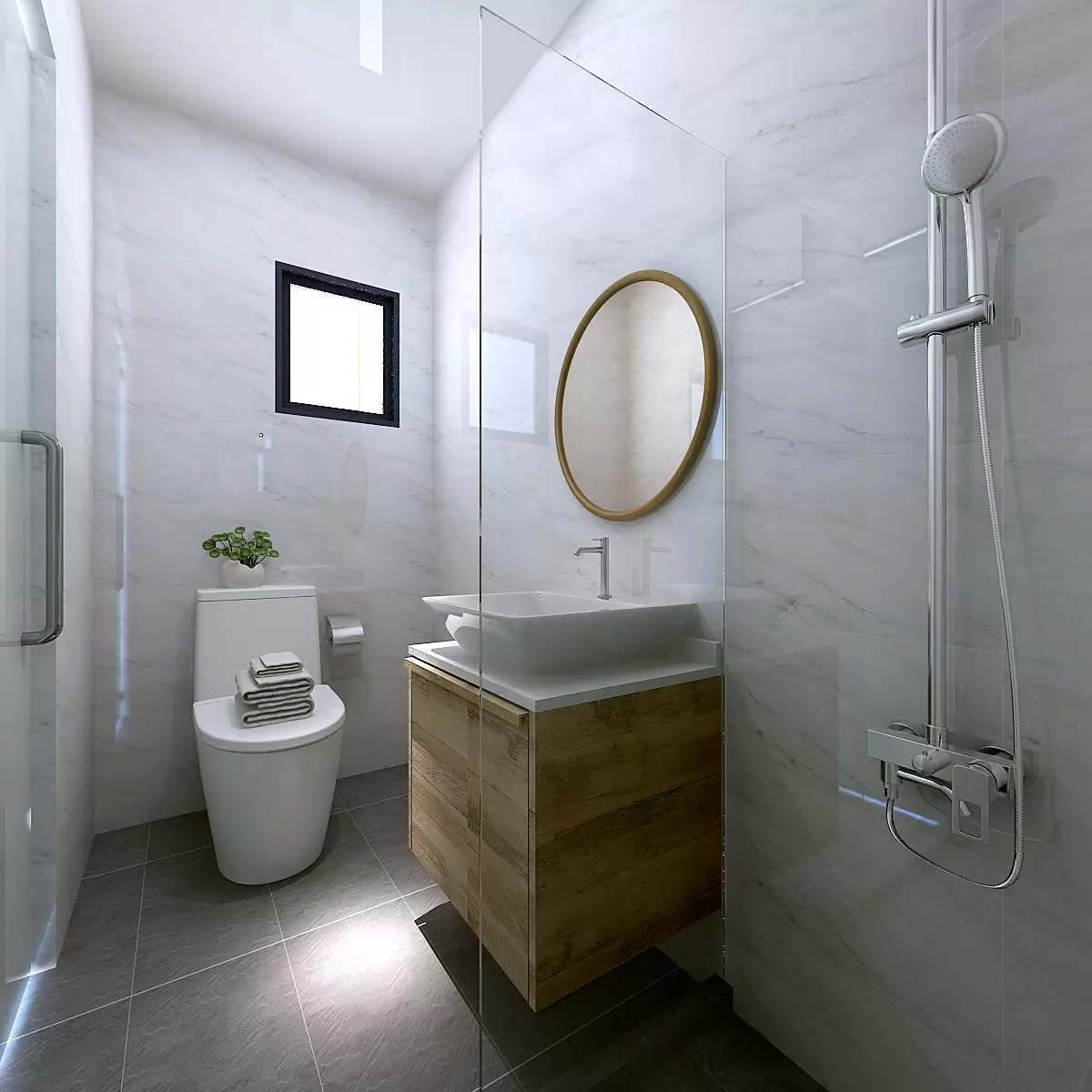
Bathroom renovations typically range from $5,000 to $15,000, depending on the quality of materials and fixtures chosen. Homeowners should consider the costs of plumbing tiles, and any layout changes. Upgrading features such as bathtubs, sinks, and toilets can increase costs but these upgrades often pay off in terms of enhanced functionality and comfort.
Bedrooms
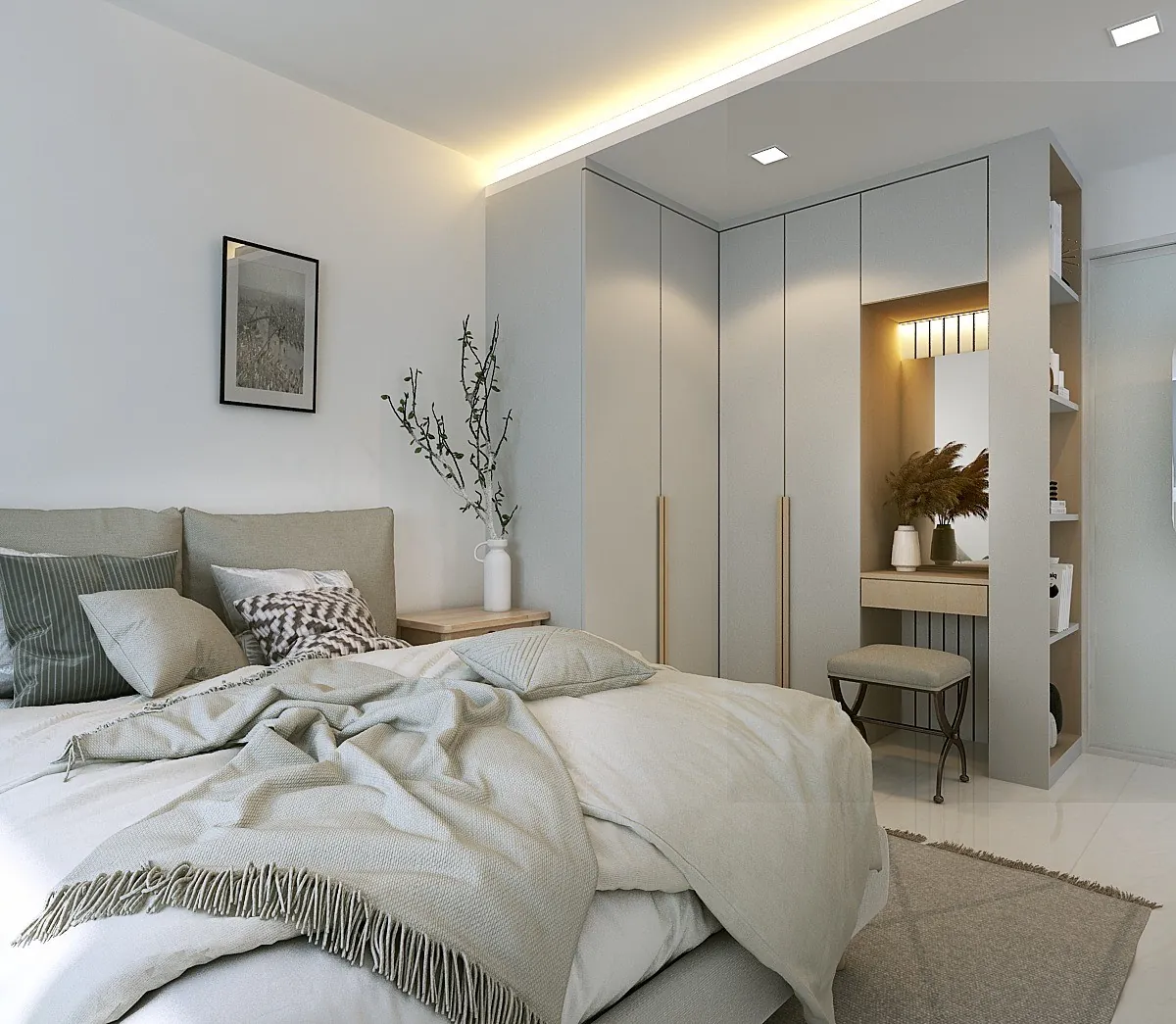
Renovating bedrooms can be more budget-friendly, with costs ranging from $3,000 to $10,000. This often includes new flooring, paint, and built-in wardrobes or furniture. Prioritising storage solutions can make a significant difference in smaller bedrooms. Custom closet systems or integrated storage can maximise space and improve the overall aesthetic of the room.
Additional Living Space
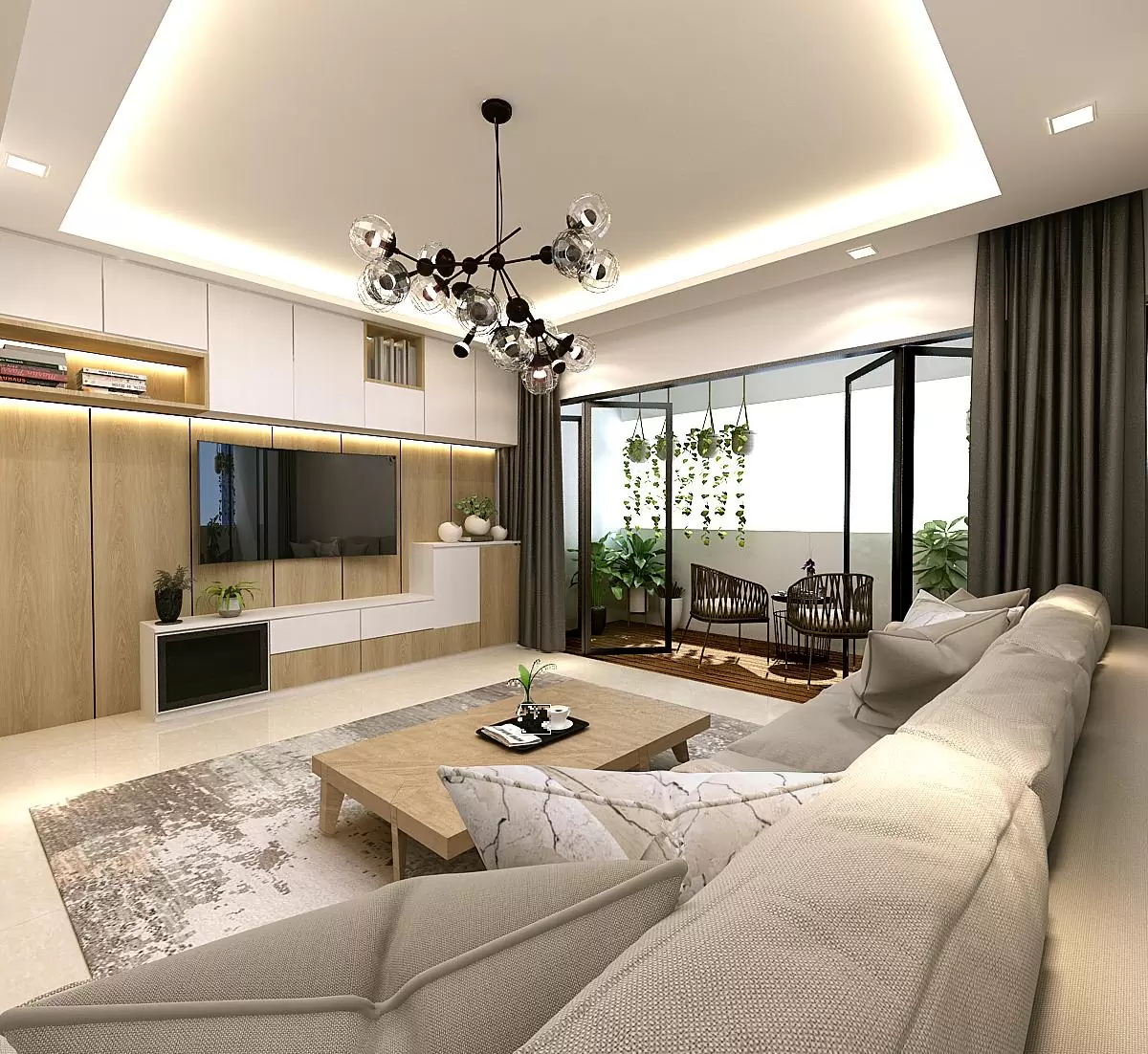
If you’re considering additional living spaces, such as a balcony or study, expect costs to be between $3,000 and $10,000, depending on the desired features. These spaces can serve multiple functions, such as a home office or a cosy reading nook, making them valuable investments for your living environment.
Overall, while each room has its distinct costs, planning for potential upgrades and customising spaces can lead to a significant overall budget. It’s essential to approach renovations with a clear vision and an open mind regarding the budget to achieve the best results.
Balancing Quality and Budget
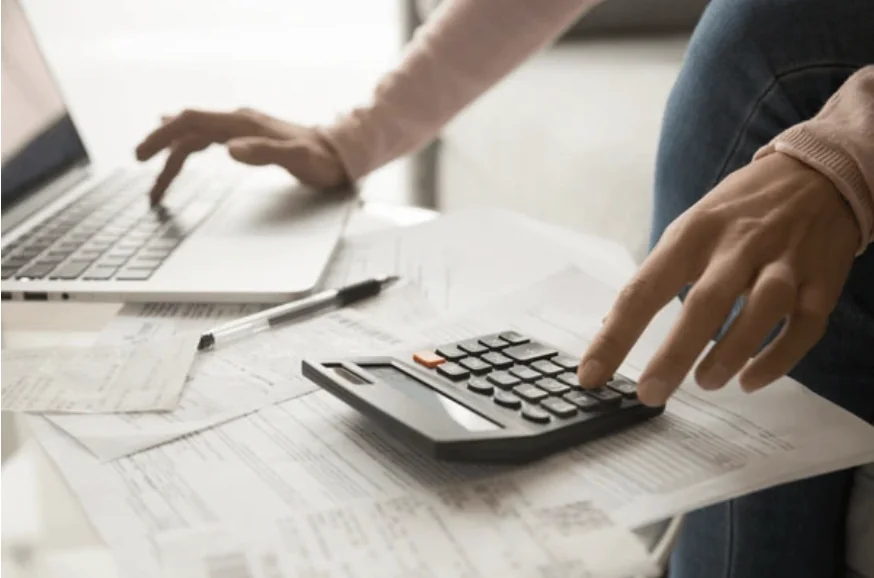
As homeowners navigate their HDB renovation journey, finding the right balance between quality and budget is crucial. It is essential to set priorities based on your needs and preferences. While some may opt for high-end finishes, others might focus on essential elements that improve functionality.
Consider the following tips for balancing quality and budget:
Research and compare:
Obtain quotes from multiple interior designers to get a sense of the average costs and avoid overcharging. Meeting with an interior design company can provide a good range for companies. Understanding what is standard practice and the potential for negotiation can save significant costs.
Prioritise Key Areas:
Focus on areas that will enhance your daily living experiences, such as the kitchen and bathroom, before addressing less critical spaces. This approach helps ensure that your primary living areas meet your functional needs and comfort.
Flexible options:
Consider opting for loose furniture rather than built-in solutions. This approach allows for greater flexibility in your living space and can be more cost effective. Additionally, loose furniture can easily be replaced or updated as trends and needs change.
Invest Widely:
Allocate your budget toward quality materials for high-traffic areas and consider cost-effective alternatives for other spaces. For example, investing in durable flooring for the living room and choosing budget-friendly options for guest rooms can help manage costs effectively.
Be realistic About Timeframes:
Renovations can take longer than anticipated. Budgeting for potential delays and disruptions ensures you’re prepared for any unexpected issues that may arise during the process.
Additional Costs: Permits, Design Fees, and Hidden Expenses
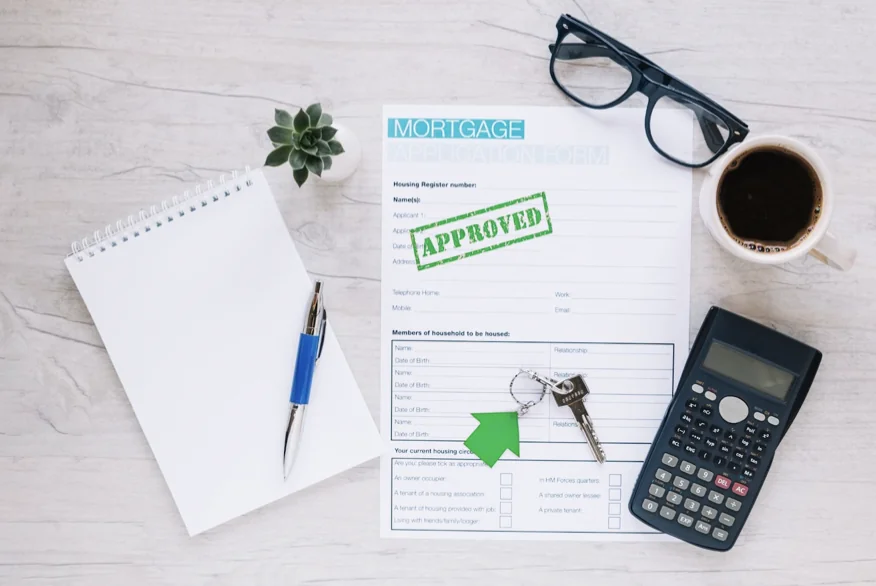
When budgeting for an HDB renovation, homeowners must also factor in additional costs that may not be immediately apparent. These include:
Permit
Depending on the extent of your renovation, you may need to apply for permits from the Housing and Development Board (HDB). While some renovations do not require approval, others, especially structural changes, do. Costs for permits can vary, but homeowners should plan for potential dees as part of their overall budget. Failure to secure the necessary permits can lead to fines and additional costs in the long run, so it’s best to check the requirements for your specific project.
Design Fees
Engaging an interior designer comes with its own set of costs. Design fees can range significantly based on the designer’s experience, reputation, and the complexity of the project. It is essential to clarify these fees upfront to avoid surprises later in the process. Some designers may charge a flat fee, while others may work on a percentage of the total renovation costs, so understanding the pricing structure will help you choose the right professional for your needs.
Hidden Expenses
Hidden expenses can significantly impact your renovation budget. Examples include:
- Unexpected Repairs: Older flats may have hidden issues such as faulty plumbing or electrical problems, that need addressing during the renovation process. Always budget for unforeseen repairs to avoid financial strain.
- Upgrades: Homeowners may encounter situations where they want to upgrade fixtures or finishes after seeing them installed, which can lead to additional costs. It’s advisable to make decisions carefully and set a clear vision to minimise the temptation for last-minute changes.
- Contingency fund: It’s wise to set aside a contingency fund of 10-15% of your renovation budget to account for unexpected expenses. This fund will provide a safety net allowing you to handle surprises without derailing your renovation plans.
- Cleaning and Maintenance Costs: After renovations, additional cleaning may be necessary, and maintenance costs may arise. Setting aside a budget for these aspects can ensure your home remains in good conditions post-renovation.
Breaking down the expenses associated with an HDB renovation is crucial for effective planning and budgeting. Understanding the basic costs, conducting a room-by-room breakdown, balancing quality with budget, and considering additional costs will help homeowners navigate the renovation process more effectively. WIth proper planning and research you can create the dream home you’ve always envisioned while keeping your finances in check. By approaching your HDB renovation with a clear understanding of expenses, you can turn your vision into reality, ensuring that your home is not just aesthetically pleasing but also functional and comfortable for years to come.
Interested? Design Your HDB with Reno Loft today!
HDB renovations are essential for transforming your space into the home of your dreams. If you are looking to build your dream home, then look no further than us!
With 10 years of experience under our belts, our designers are here to realise your dream home.
Start your stress-free renovation journey with Reno Loft today.
Head on to Our Portfolios to browse more of our proud work!

